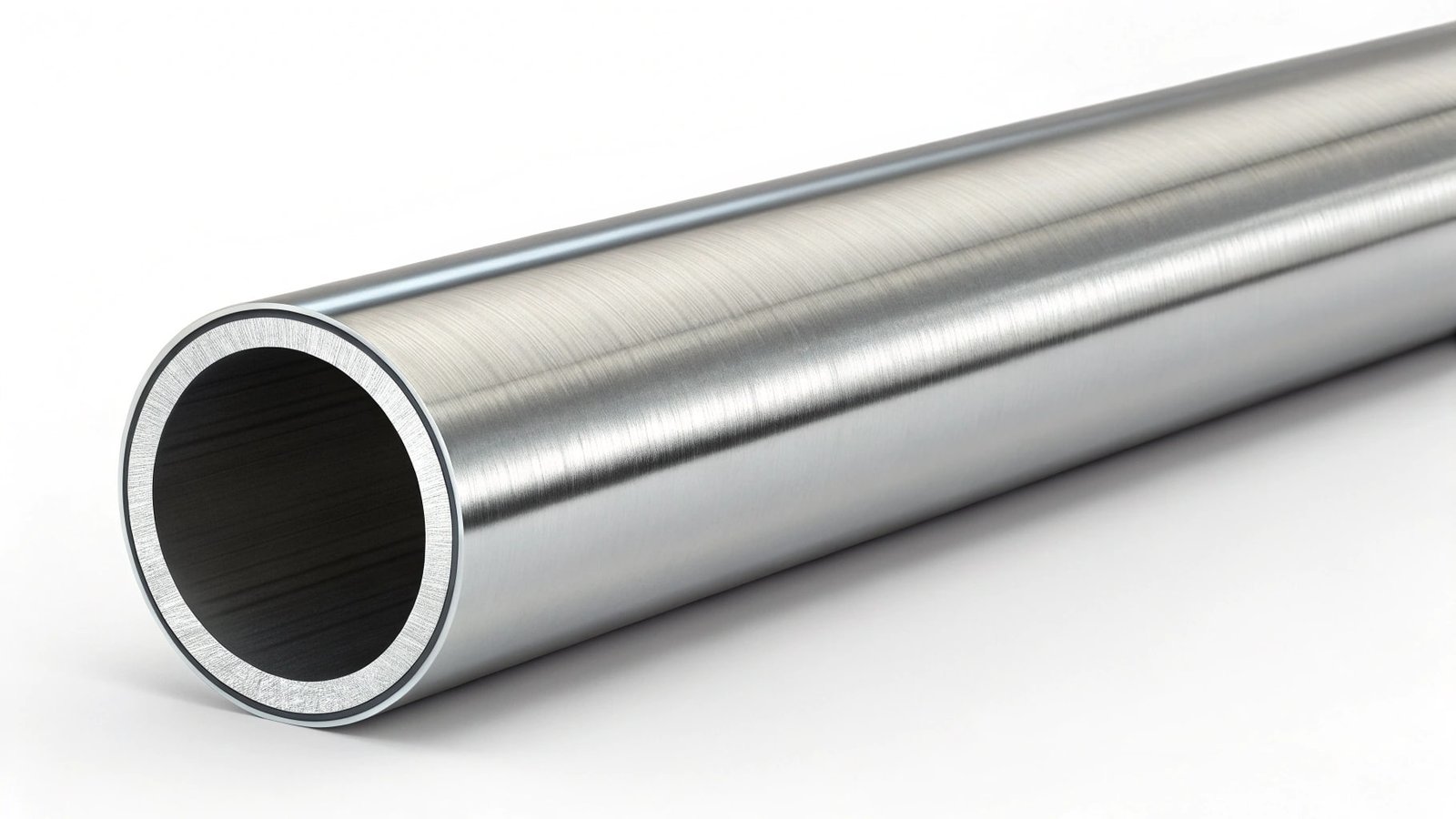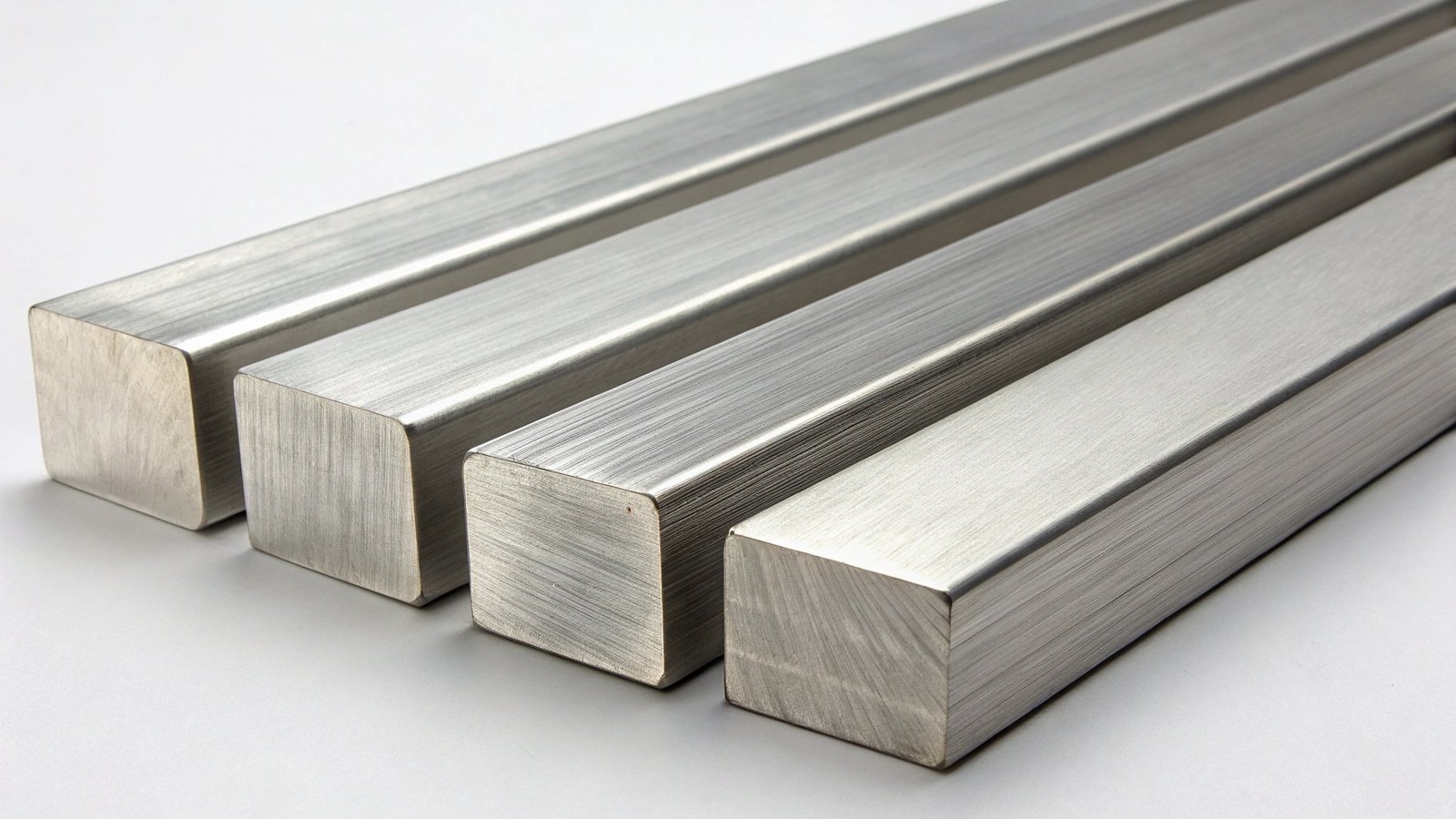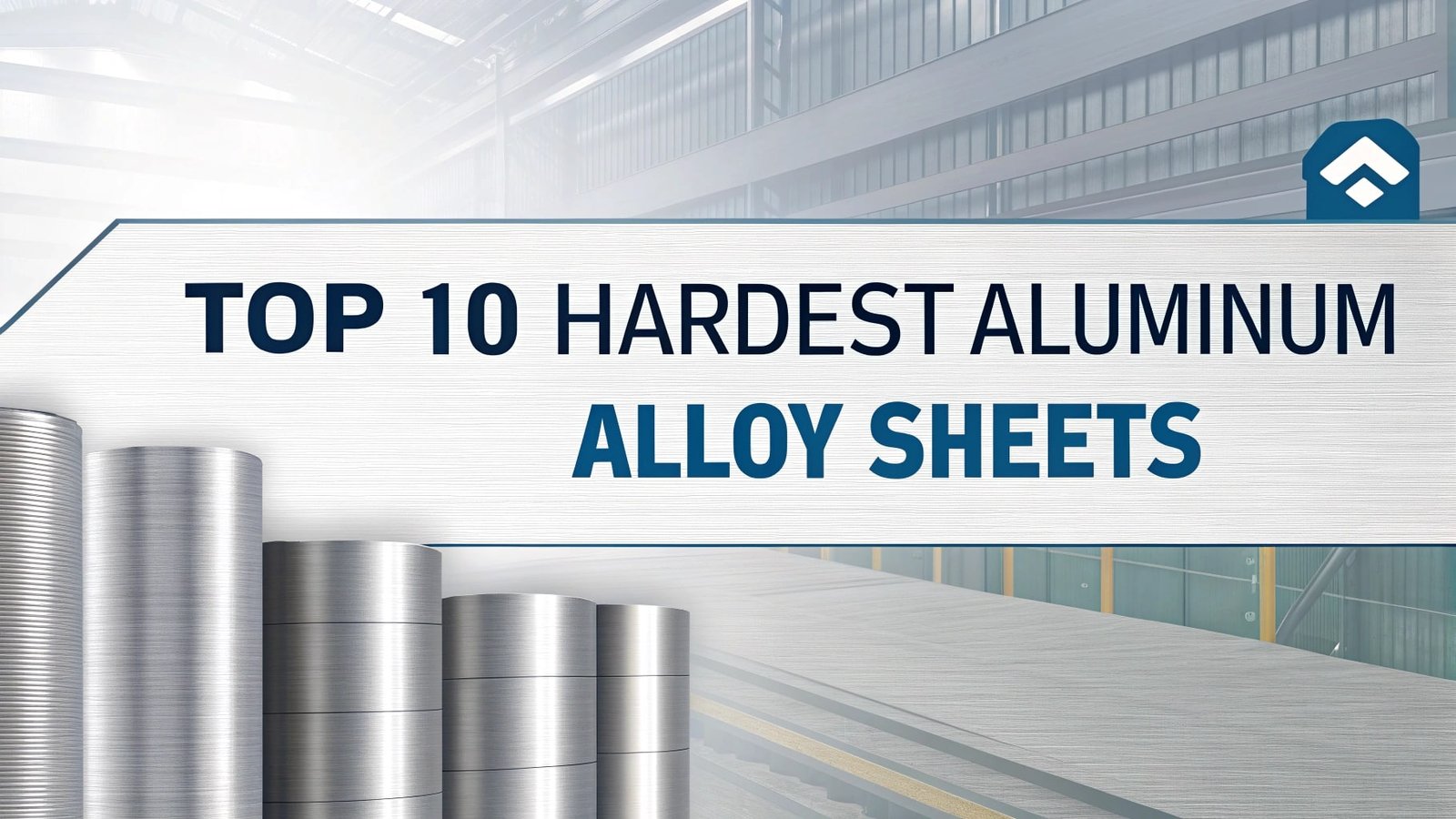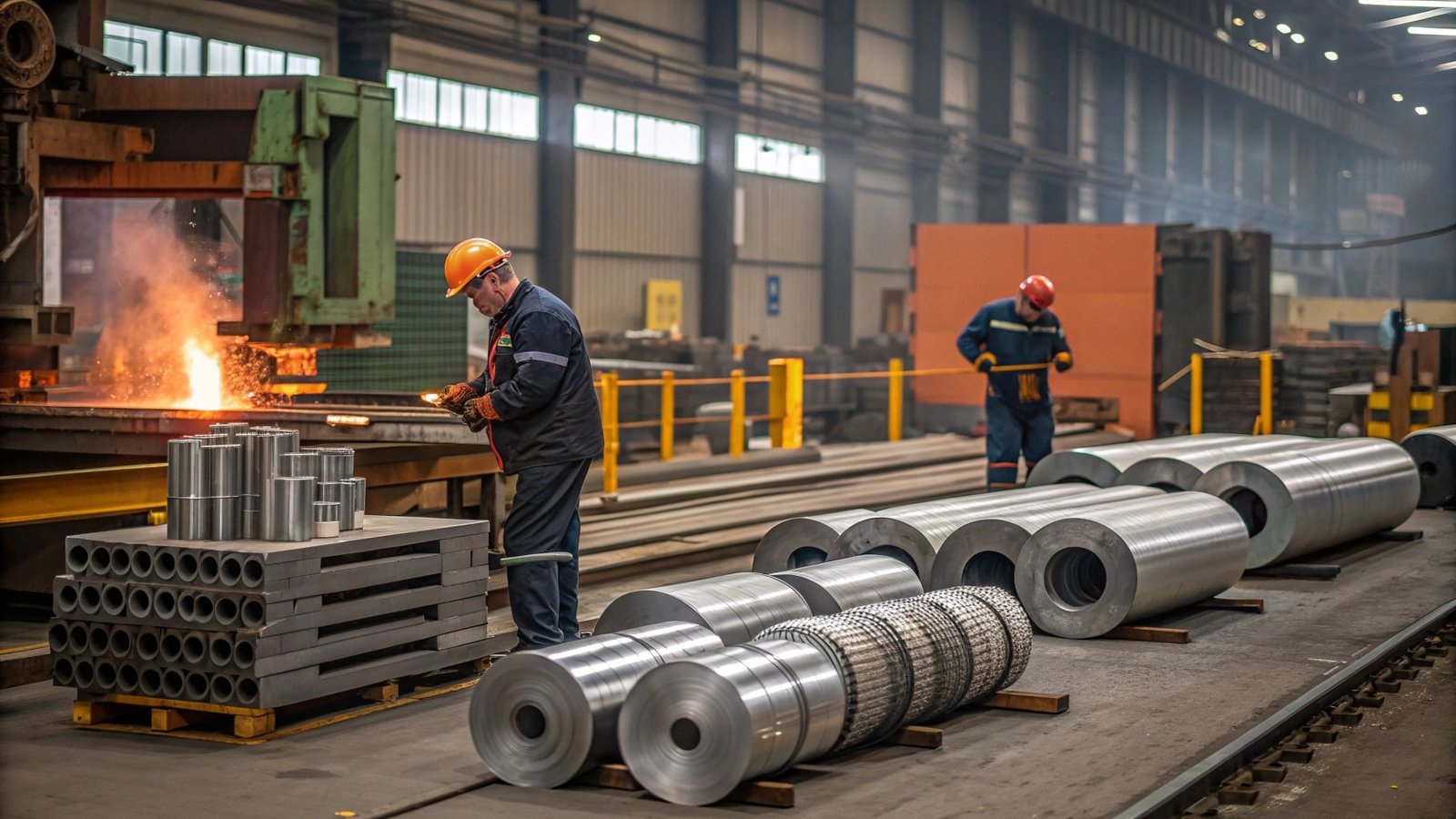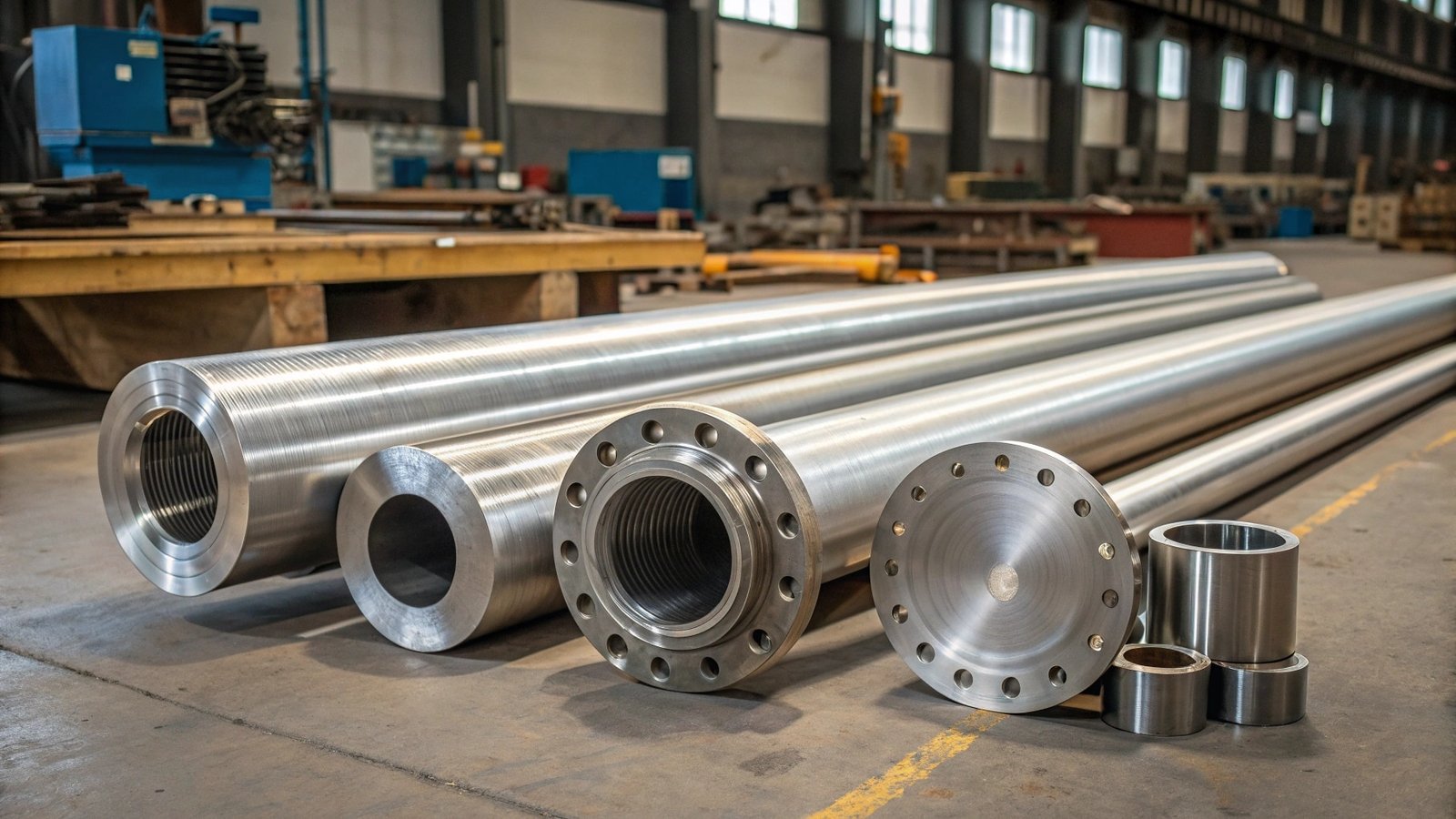Storing hydrogen safely is a big challenge. Old materials can be heavy or unsafe. We need reliable solutions for the future of clean energy.
Hydrogen cylinders are commonly made from materials like aluminum alloys (such as 6061), steel, or composites. Aluminum, especially 6061 forged tubing, is a popular choice for liners in composite cylinders or for all-metal cylinders due to its light weight and resistance to hydrogen embrittlement.
As we explore cleaner energy, hydrogen is a top contender. But how we store it is super important. At SWA Forging, we see firsthand how material choice impacts safety and performance. Let's dive into what makes a good hydrogen cylinder. I think you'll find the developments quite interesting, especially concerning the materials we work with every day.
Why is Aluminum the Go-To Material for Many Hydrogen Cylinders?
Choosing the right material for hydrogen is tough. It needs to be strong but not too heavy, and definitely not reactive. Finding that perfect balance is key for safety and efficiency.
Aluminum, particularly alloys like 6061, is favored for hydrogen cylinders. It's light, strong, and forms a protective oxide layer. This layer resists hydrogen embrittlement, making it a reliable choice for safe hydrogen storage.
When I talk to clients, especially traders and machining companies, the conversation often turns to why aluminum. For hydrogen storage, aluminum, like the 6061 alloy we often forge, offers a great mix of properties. First, it's much lighter than steel. Think about a firefighter carrying a tank, or the fuel efficiency of a hydrogen-powered vehicle. Every kilogram matters. Lighter cylinders mean easier handling and better overall system performance. We've seen how our large-diameter forged rings and discs, when made from high-quality aluminum, contribute to lighter yet robust end products.
Then there's strength. Aluminum alloys can be very strong, especially after processes like forging. The strength-to-weight ratio is excellent. This means the cylinder can hold highly pressurized hydrogen without being excessively thick or heavy. And, crucially for hydrogen, aluminum naturally forms a thin, dense layer of aluminum oxide on its surface. This layer acts as a barrier, protecting the metal underneath from reacting directly with the hydrogen. This resistance to hydrogen embrittlement is a major reason why aluminum is trusted. We ensure our products come with quality certificates, and can arrange third-party ones from SGS or BV, because this integrity is vital.
What Makes an Aluminum Cylinder Liner a Game-Changer for Hydrogen Storage?
Ensuring gas doesn't leak from a high-pressure cylinder is top priority. Plus, the cylinder needs to last a long time. Using the right material for the liner inside is critical.
An aluminum liner in a composite hydrogen cylinder provides a leak-proof barrier for hydrogen gas. It's also strong, lightweight, and handles temperature changes well during filling and use, enhancing safety and durability.
When we talk about "aluminum cylinder block," in the context of hydrogen cylinders, we're usually referring to either an all-aluminum cylinder (Type 1) or an aluminum liner within a composite-wrapped cylinder (Type 3). At SWA Forging, we produce aluminum forging tubes, like 6061, that are perfect for these liners. The advantages are pretty clear. The primary job of the liner is to be impermeable to hydrogen – basically, to keep the gas in. Aluminum does this very well. Its structure is dense enough to prevent those tiny hydrogen molecules from escaping.
Another benefit is aluminum's good thermal conductivity. When you fill a hydrogen cylinder, it can get warm. When you use the hydrogen, it can get cold. Aluminum helps manage these temperature changes, distributing heat more evenly and reducing stress on the cylinder. Machinability is also a plus. We can forge and machine aluminum into precise liner shapes relatively easily. This is important for creating a perfect seal and interface with the valve and the outer composite wrapping. Many of our machining customers appreciate the consistency of our aluminum products for this reason. Here's a quick look at how aluminum liners compare:
| Feature | Aluminum Liner | Polymer Liner (e.g., for Type 4) | Steel Liner |
|---|---|---|---|
| Weight | Light | Very Light | Heavy |
| Gas Barrier | Excellent | Good (but potential for creep) | Excellent |
| Cost | Moderate | Can be higher | Lower |
| Impact Resistance | Good | Can be lower | Excellent |
| Recyclability | High | Lower / More complex | High |
For many applications, especially where robustness and proven technology are key, the aluminum liner in a Type 3 cylinder offers an excellent balance of performance and cost.
How Are Advanced Type 4 Hydrogen Cylinders Actually Made?
Industry needs ever-lighter, higher-pressure storage solutions. This means complex manufacturing for advanced cylinders. Understanding this process shows the innovation happening right now.
Type 4 hydrogen cylinders are made with a plastic (polymer) liner, not aluminum. This liner is then overwrapped with carbon fiber strands soaked in resin. The cylinder is cured, and end bosses (often aluminum) are fitted.
Now, it's interesting to look at Type 4 cylinders because they represent the cutting edge for lightweight design. Unlike Type 1 (all-metal, often aluminum) or Type 3 (metal liner, often aluminum, overwrapped with composite), Type 4 cylinders use a non-metallic, polymer liner, usually made of something like high-density polyethylene (HDPE). My insight about 6061 aluminum forging tubes being common primarily applies to Type 1 and Type 3 cylinders, which are still a huge part of the market.
The manufacturing of a Type 4 cylinder is quite a process:
- Liner Formation: The polymer liner is created, often by blow molding or rotational molding, to form the inner gas barrier.
- Boss Integration: Metal end bosses (which can be made of aluminum for its light weight and compatibility) are integrated into the liner. These bosses provide the threaded connections for valves. This is an area where our expertise in aluminum components could still be relevant.
- Filament Winding: This is where the strength comes from. Strands of carbon fiber are wetted with a resin (like epoxy) and precisely wound around the polymer liner under tension. The winding pattern is complex and computer-controlled to ensure strength in all the right places.
- Curing: The wound cylinder is then cured in an oven. The heat hardens the resin, creating a super-strong, rigid composite shell around the liner.
- Testing: Finally, rigorous testing is done. This includes pressure tests, leak tests, and often destructive tests on sample cylinders to ensure they meet strict safety standards.
While SWA Forging specializes in aluminum products like the 6061 forging tubes ideal for Type 1 and Type 3 cylinder liners, understanding Type 4 helps us see the whole picture. It highlights the drive for ultimate weight reduction, though it often comes at a higher cost and with different material considerations than the aluminum-lined cylinders many of our clients rely on.
Is There Any Risk of Hydrogen Reacting with Aluminum in Cylinders?
Material compatibility is a big worry with hydrogen. People hear about metals becoming brittle. So, it's natural to ask if aluminum is truly safe with hydrogen.
Aluminum generally does not react with hydrogen in a way that compromises cylinder integrity. It forms a natural, self-healing aluminum oxide layer that protects the underlying metal from direct contact and hydrogen embrittlement.
This is a question I get quite often, and it’s a valid concern. Hydrogen can indeed make some metals brittle, a phenomenon called hydrogen embrittlement. However, aluminum has a fantastic natural defense. When aluminum is exposed to air or moisture (which even highly purified hydrogen can contain traces of), it instantly forms a very thin, very tough, and non-porous layer of aluminum oxide (Al₂O₃) on its surface. Think of it like a natural ceramic coating. This oxide layer is chemically stable and acts as a barrier, preventing the hydrogen gas from directly contacting and penetrating the bulk aluminum metal underneath.
For the conditions typically found in hydrogen cylinders – even at high pressures – this oxide layer holds up extremely well, especially with alloys like 6061, which we supply as forged tubes. This is one of the main reasons 6061 aluminum is a preferred material for Type 1 all-aluminum cylinders and for the liners in Type 3 composite cylinders. The key is using the right alloy and ensuring high-quality manufacturing, which is where our ISO certifications and strict quality control come into play. Of course, research is always ongoing for extreme conditions or very long-term exposure, but for current applications, aluminum's protective oxide layer makes it a reliable and safe choice. It's one of the reasons our clients in demanding industries trust aluminum components.
Conclusion
Aluminum alloys, especially 6061, are vital for hydrogen cylinders. They offer a great balance of light weight, strength, and safety, making them key for modern hydrogen storage solutions.







